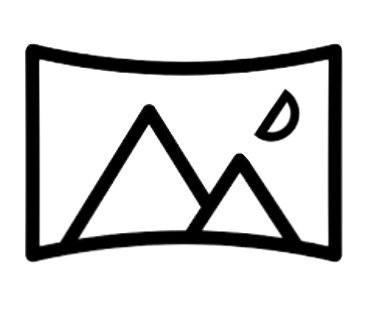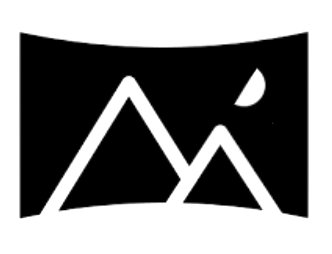Technology has always been the driving force behind the way we make photographs. Wet Plate, Dry Plate, Sheet Film, Roll Film, No Film, you get the idea. Photography has, and always will be, about the next new thing because the market is driven by the amateur, not the professional. A professional will find a method and stick with it, often producing a style and way of working. An amateur will always want the next thing, often believing a new camera will make them a better photographer, something which has always rubbed my rhubarb.
Since my early beginnings as a photographer I seem to have been a little late to the party, entering the world of black and white printing around the same time digital photography started to raise its pixelated head is one very good example, but photography has always been a constantly changing medium.
I remember dabbling with infrared film back in the late eighties. At the time everyone seemed to be using it to create otherworldly images of trees and clouds. All you had to do was set the camera to the correct settings for IR which were not from your light meter and move the focus slightly (there was a dot on the lens for this think). But fundamentally, it was the film that created the effect. Does this mean that because the photographer does not have full control, it is a lesser technique? of course not. But there is the danger of allowing technique to rule over substance in our photography.
Leica cameras are a fine example of how the market is driven in photography. There are plenty of other cameras on the market, but a Leica is considered by many to be the camera of the professional. Leica’s were the first cameras to lead the way for roll film and therefore photo journalists and documentary photographers. Any serious photographer back in the 50’s used a Leica. Their pedigree is like non other. They were mechanical, tough, and of the highest quality, built for reliability and to be used. Today the Leica is still of the highest quality, but its not the professional photographers lining up for the next model, its the keen amateurs. My issue is not with the Leica itself, I have two, digital and film, and love them like children, it is with the newer Monogram versions aimed at the photographer who has always worked in black and white film. These Mono cameras work in a way that produces the most wonderful tones and contrast that only a master black and white printer could produce (and that’s pushing it). My argument would be that the photographer has lost some of the control over the image and it becomes all about what the camera can do. Like it or not, the camera is making decisions for us. OK, its not fully automated like a camera phone, but its not far off either.
We think that photography today is so easy that anyone can be (and does call themselves) a photographer with cameras that you can just point and shoot. But this concept is really no different from the Kodak Box Brownie invented 123 years ago along with the slogan, ‘You press the button, we do the rest.’ This mindset of technically difficult is professional, and easy is amateur will always remain debatable. Its about whats in the package, not just the delivery.


